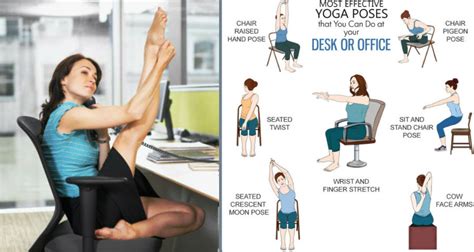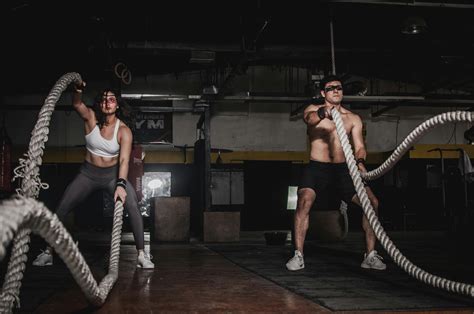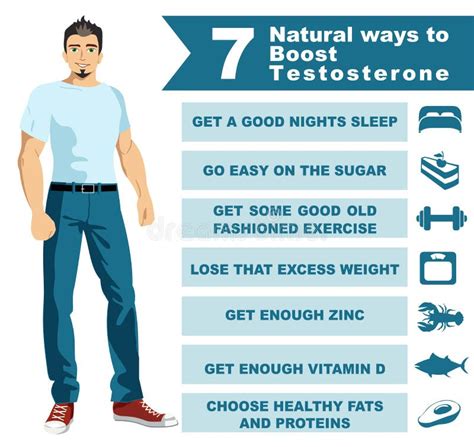Combating Lower Back Pain at Your Desk
In our increasingly sedentary world, prolonged sitting is a common culprit behind persistent lower back pain. Hours spent hunched over a keyboard can lead to muscle stiffness, poor posture, and discomfort that impacts both productivity and overall well-being. The good news is that you don’t need to leave your desk to find relief. Incorporating simple, effective stretches into your workday can significantly alleviate and prevent lower back pain, promoting better posture and spinal health.

Why Desk Stretches Are Essential
Sitting for extended periods can cause your hip flexors to shorten and tighten, while your glutes and core muscles become less active. This imbalance puts extra strain on your lower back. Regular desk stretches help to:
- Improve blood circulation to muscles and tissues.
- Increase flexibility and range of motion in the spine and hips.
- Reduce muscle tension and stiffness in the lower back and surrounding areas.
- Enhance posture and reduce slouching, which often contributes to back pain.
- Boost energy levels and mental focus by breaking up long periods of inactivity.
Effective Desk Stretches for Lower Back Relief
Here are some of the best stretches you can do right from your office chair to target and relieve lower back pain:
1. Seated Cat-Cow Stretch
This stretch mimics the traditional yoga pose, adapted for your chair, and gently mobilizes the spine.
- Sit tall at the edge of your chair, feet flat on the floor, hip-width apart.
- Place your hands on your knees.
- Cow Pose: Inhale, arch your back, push your chest forward, and lift your gaze slightly. Feel your shoulder blades drawing together.
- Cat Pose: Exhale, round your spine, tuck your chin to your chest, and pull your navel towards your spine.
- Alternate between Cat and Cow for 5-10 repetitions, coordinating with your breath.

2. Seated Spinal Twist
A great way to release tension in the mid and lower back and improve spinal mobility.
- Sit tall, feet flat on the floor, with your spine in a neutral position.
- Twist your torso to the right, placing your right hand on the back of your chair and your left hand on your right knee.
- Gently deepen the twist, looking over your right shoulder. Keep your hips facing forward as much as possible.
- Hold for 15-30 seconds, breathing deeply, then slowly return to center.
- Repeat on the left side.
3. Figure-Four Stretch (Seated Piriformis Stretch)
Targets the piriformis muscle and glutes, which can contribute to sciatic nerve pain and lower back discomfort when tight.
- Sit upright with good posture, feet flat on the floor.
- Cross your right ankle over your left knee, letting your right knee fall open to the side.
- Keep your back straight and gently lean forward from your hips (not your waist) until you feel a comfortable stretch in your right glute and hip.
- Hold for 20-30 seconds, maintaining a flat back.
- Return to the starting position and repeat on the other side.
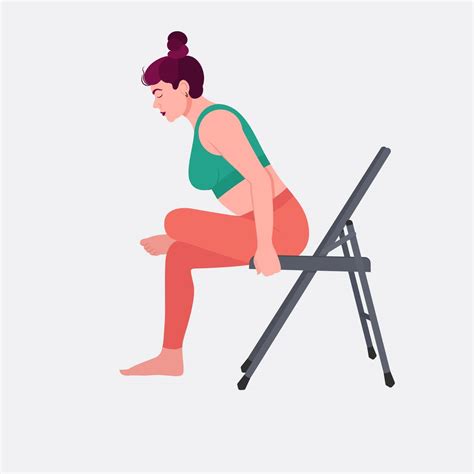
4. Pelvic Tilts
This subtle movement helps to strengthen and mobilize the small muscles supporting the lower back, improving awareness of pelvic position.
- Sit tall with your feet flat on the floor, hip-width apart.
- Place your hands on your hips to feel the movement.
- Gently arch your lower back, tilting your pelvis forward (anterior tilt), as if trying to point your tailbone backward.
- Then, flatten your lower back, tucking your pelvis backward (posterior tilt), feeling your abdominal muscles engage slightly.
- Perform 10-15 gentle and controlled tilts, focusing on smooth motion.
5. Seated Side Bend
Stretches the obliques and quadratus lumborum (QL) muscles, which often get tight from prolonged sitting and can cause unilateral back pain.
- Sit tall, feet flat on the floor, holding onto the seat of your chair with your left hand for stability.
- Raise your right arm overhead, reaching toward the ceiling.
- Gently bend your torso to the left, reaching your right hand over your head and slightly to the left. Avoid leaning forward or backward.
- Feel the stretch along your entire right side, from your hip to your armpit. Hold for 15-20 seconds.
- Return to center and repeat on the other side.
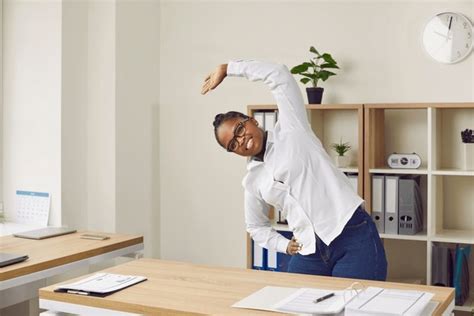
Tips for Incorporating Desk Stretches
- Consistency is Key: Aim to perform these stretches every 1-2 hours for a few minutes to interrupt prolonged sitting.
- Listen to Your Body: Never stretch into pain. A gentle pull or tension is good; sharp pain is a signal to stop.
- Proper Posture: Always start each stretch from a neutral, upright sitting position to maximize effectiveness and safety.
- Hydrate: Staying well-hydrated keeps your tissues, including spinal discs, healthy and more pliable.
- Ergonomics: Ensure your desk setup is ergonomically sound to minimize strain in the first place. This includes monitor height, chair support, and keyboard/mouse position.
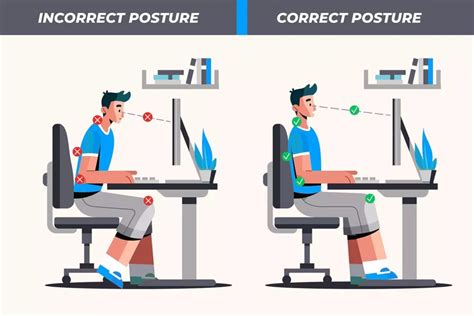
Conclusion
Don’t let lower back pain dictate your workday. By integrating these simple yet powerful desk stretches into your routine, you can effectively combat the negative effects of prolonged sitting. A few minutes of mindful movement throughout the day can lead to significant improvements in comfort, posture, and overall spinal health, helping you stay pain-free, more productive, and focused at your desk.
